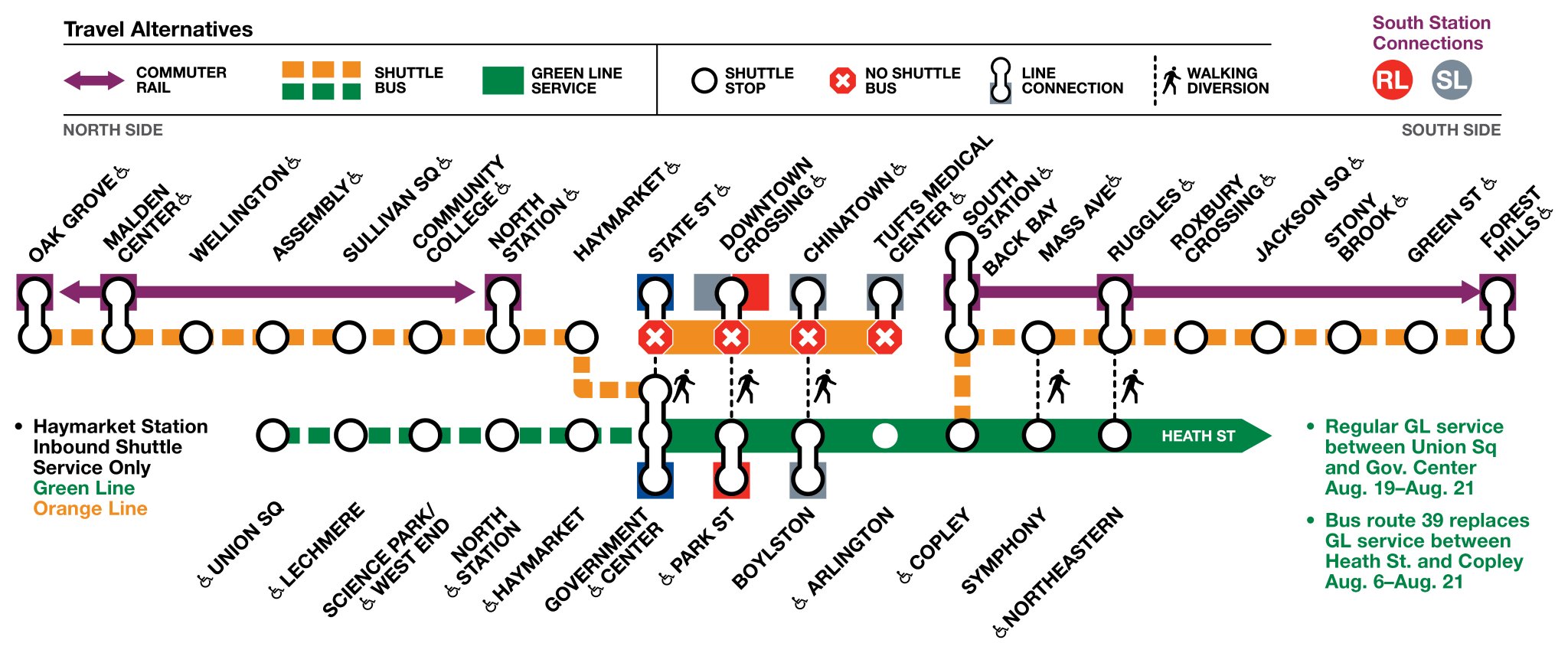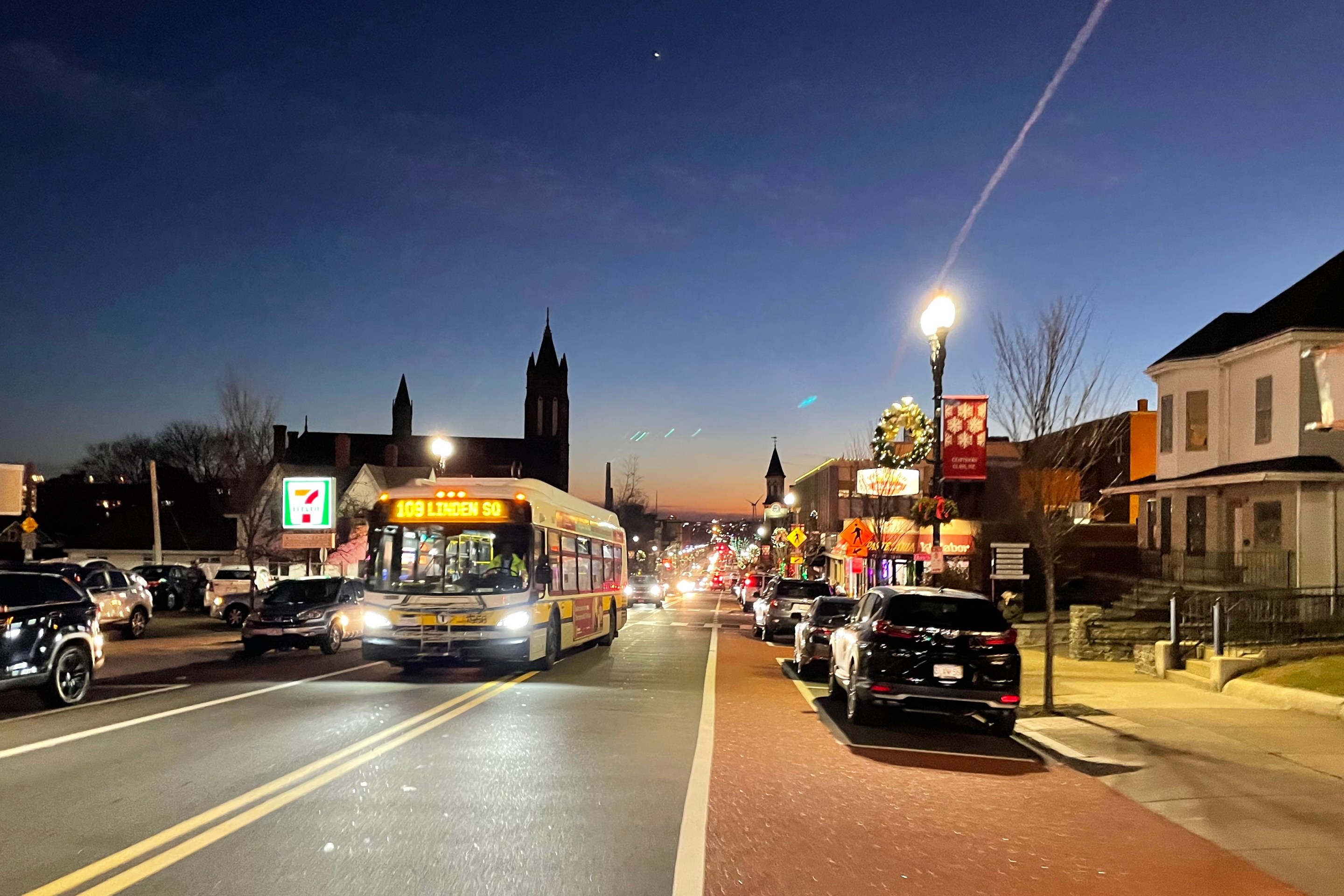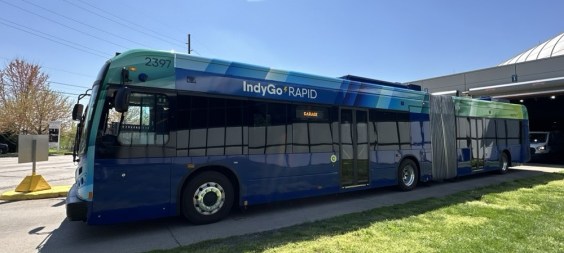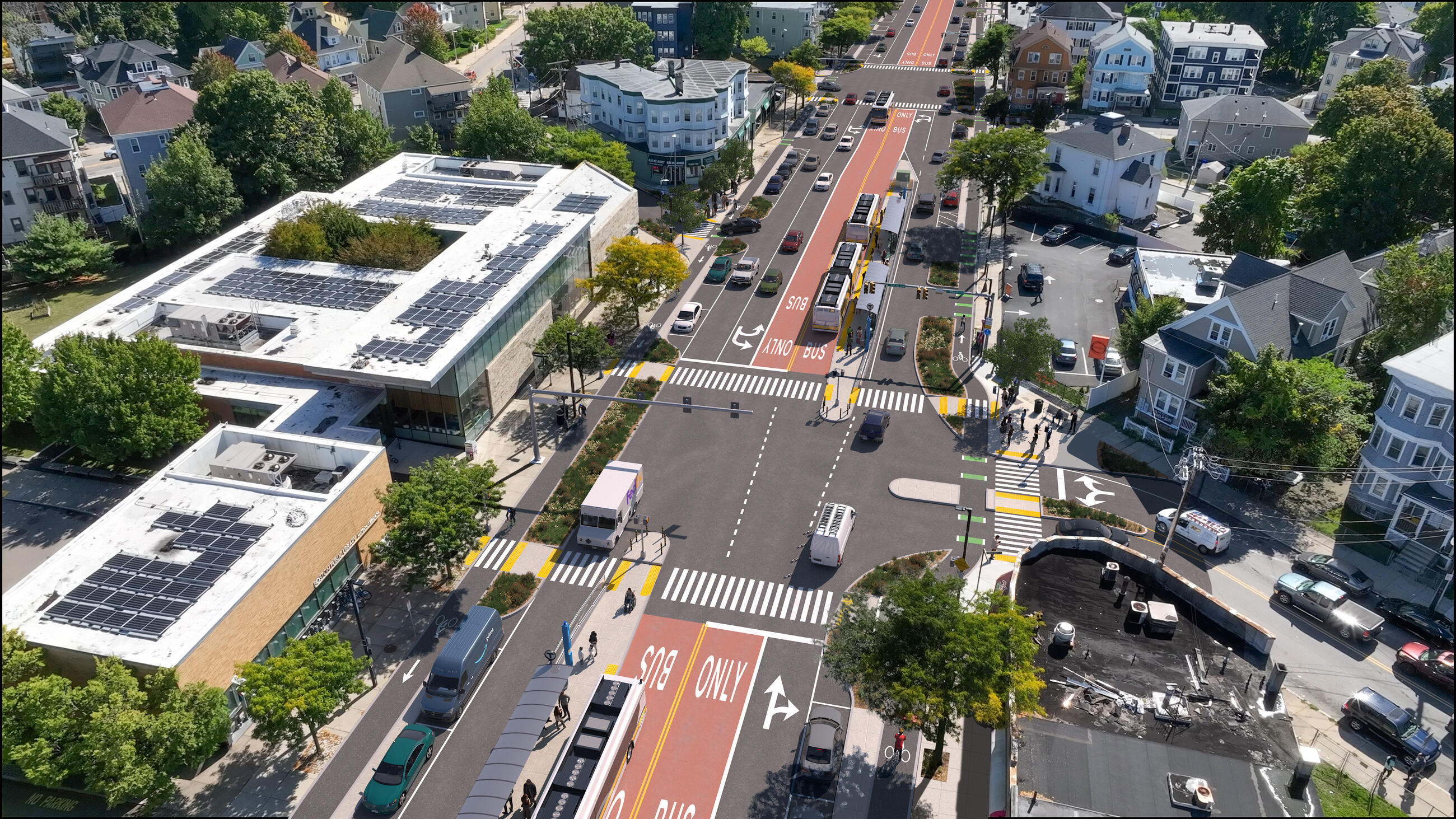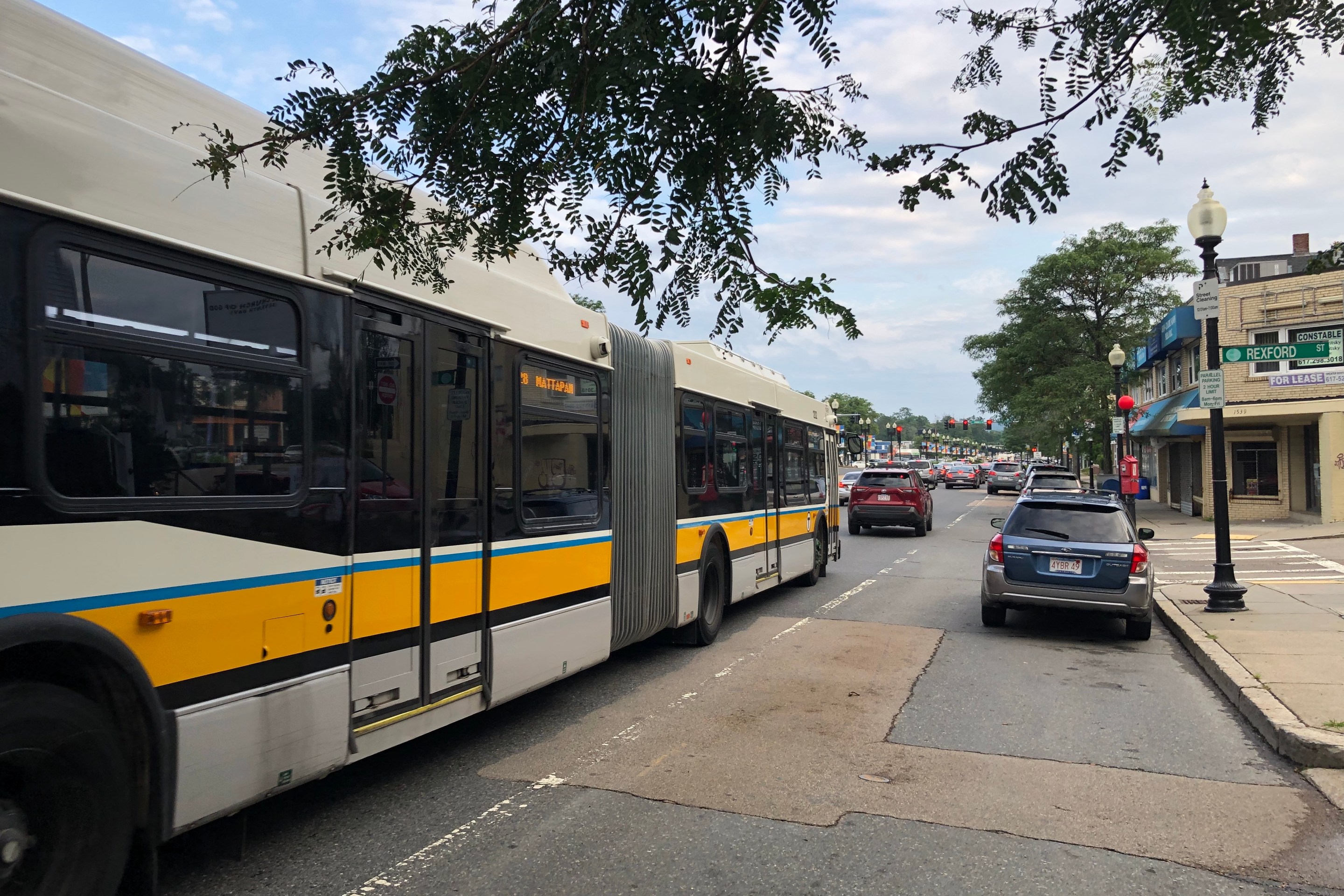The entire Orange Line and a downtown segment of the Green Line will shut down for a month starting this weekend, and the MBTA and coordinating agencies in state and local governments are scrambling to nail down the details for alternative transit services.
The Orange Line is the T’s second-busiest rapid transit line. Post-pandemic ridership has remained at about 50 percent of what it was in 2019, but the subway line has still been carrying over 100,000 riders every weekday this spring and summer.
Rider’s Guide
Over the weekend, the T published A Rider’s Guide to Planning Ahead, with details on the upcoming closures, the work the T plans to do during the shutdown, alternative travel options, and accessibility.
The guide is in the process of being translated into eight different languages.
As a complement to the Rider’s Guide, the City of Boston has published a 2-page flyer with a high level overview of the travel options available during the shutdown. The flyer is available in ten different languages including Vietnamese, Haitian Creole and Spanish.
Shuttle buses and new bus-only lanes
On August 2, the day the shutdown was publicly announced, the MBTA board of directors approved a contract worth up to $37 million with A Yankee Line, Inc., a charter bus company, to provide bus shuttle service during the closure.
The shuttles won't run a continuous route along the entire Orange Line. Instead, they'll ply two routes: one to the southwest, between Forest Hills and the Copley Green Line station in Back Bay, and one to the north, between Oak Grove and Government Center.
That means a rider traveling from Malden to Northeastern University will need to catch a shuttle bus to Government Center, transfer to the Green Line for four stops, then transfer to a different Orange Line shuttle bus from Copley to Ruggles (see map above).
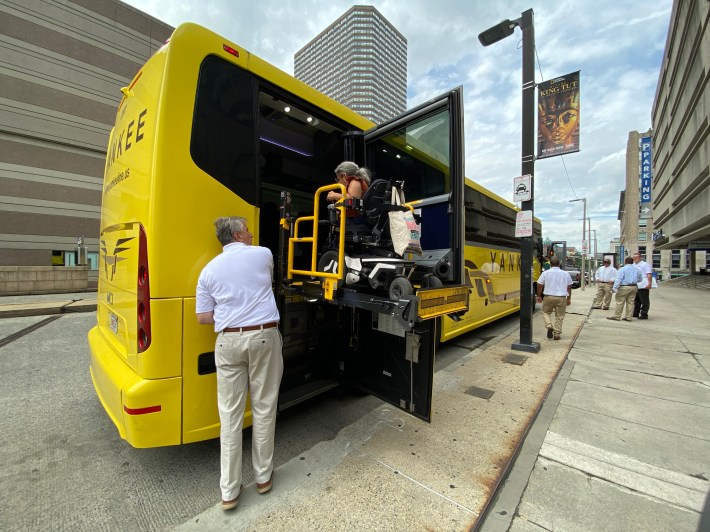
Many riders and transit advocates have been skeptical about whether shuttle buses, which have long boarding times and must run on Boston's congested streets, can realistically carry tens of thousands of passengers.
The City of Boston has posted notices that suggest "shuttles should arrive every 45 seconds during peak hours" but also warned that bus trips would "take longer than traditional Orange Line travel times."
At a press conference held Monday morning at the T’s headquarters at 10 Park Plaza in downtown Boston, MBTA General Manager Steve Poftak underscored the incredible size of the shuttle bus fleet that is being deployed.
“We’ve been told by some of the supporting teams we have that we literally have every accessible bus east of Mississippi in service here running these alternative shuttles, so this is not a question of, you know, if we only got a couple more shuttles we could do some things differently. We have every accessible shuttle bus we could possibly get our hands on,” he said.
The City of Boston is also rushing to install new bus-only lanes around the edges of Copley Square and City Hall Plaza near the Government Center subway stop, which are expected to be the two busiest shuttle transfer points.
Tonight the @CityofBoston is installing the first temporary bus lanes to support Orange Line shuttle riders, just 11 days after the @MBTA announced the shutdown. We’re marking around Copley Square now, and moving on to Government Center over the next few nights. pic.twitter.com/57iaVRINcn
— Jascha Franklin-Hodge (@jfh) August 15, 2022
Commuter Rail
During the shutdown, riders can get free access to the commuter rail system – on all lines within zones 1, 1A, and 2, which includes all stations within the City of Boston – by showing their CharlieCard to a conductor.
“We will be providing free CharlieCcards for anyone who needs it,” said Mayor Wu during a press conference at City Hall on Thursday morning. “Our libraries have free Charliecards and our neighborhood services teams will have them as well" (find your nearest neighborhood library here).
"Again, the policy to board the commuter rail within the City of Boston’s stations is just to show the card, it does not need to be loaded with funds, and it will not be charged,” added the Mayor.
The T will also expand its rush hour Commuter Rail service during the shutdown. In the morning rush hours, there will be seven trains from Forest Hills to South Station, and four trains from Oak Grove to North Station, between 6 and 9 am.
It’s worth noting that many of the inbound trains from Ruggles, Back Bay, and Malden Center are marked with an "L" on the Rider’s Guide schedule, indicating that they may leave the platform ahead of schedule. And riders coming in from Malden or Oak Grove will still need to transfer to a shuttle bus at North Station, which won't have any subway connections.
Free Bluebikes memberships, pop-up protected bike lanes
On Friday, the City of Boston announced that the region’s public bike share, Bluebikes, would offer free 30-day passes during the subway closure. Passes will be available at bluebikes.com/join or in the Bluebikes mobile app.
Dominick Tribone, the general manager of Bluebikes, told StreetsblogMASS that the system is "adding rebalancing staff to focus on the stations near the Orange Line and the northern section of the Green Line, as well as bike 'valets' in key locations in Copley Square and Downtown Boston” (Bluebikes is currently hiring for those new positions).
According to a Bluebikes spokesperson, the following stations will offer valet service as of Monday August 22 "during peak commuting hours to help expand bike and dock availability and increase access to the Bluebikes system."
- Nashua Street at Red Auerbach Way
- Boylston St. at Dartmouth St.
- Boston City Hall (28 State St.)
- Ruggles T Stop (Columbus Ave at Melnea Cass Blvd.)
Look for an icon of a person on the Bluebikes station map to identify the stations offering valet service at any given time as these could change depending on demand.
The City of Boston also plans to use cones and barrels to delineate new protected bike lanes on streets in the Back Bay neighborhood to better connect the Back Bay and Copley stations (the end of the line for many Orange Line shuttles) to the downtown network of protected bike lanes around the Public Garden and Boston Common.
"To ensure rider safety, the City of Boston will implement 'pop-up' bike lanes separated from vehicle traffic by barrels. Riders will find these lanes on Columbus Avenue and Stuart Street between Clarendon Street and Church Street and on Boylston Street in the Back Bay from Dartmouth Street to Arlington Street," according to a City of Boston press release.
Jonathan Gulliver, MassDOT’s Highway Administrator underscored the fact that the shuttle buses are different from the MBTA’s regular buses and thus “they have a different turning radius and they have different blind spots for drivers.” He cautioned, “if you are walking or biking near these shuttle buses near this route you need to be extra vigilant, especially around these bus stops, and around turns and intersections.”
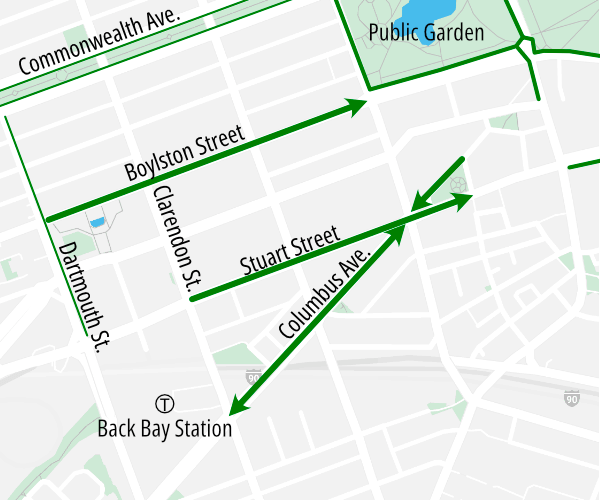
The city had previously used similar measures to install "pop-up" bike lanes on Columbus Avenue during the pandemic, but those cones and barrels had been removed by the end of 2021.
StreetsblogMASS asked Chief of Streets Jascha Franklin-Hodge whether there was a chance some of the temporary bike lanes could become permanent.
“I think whether it’s potentially making some bus lanes permanent or whether it’s using some additional road capacity for bikes, all these are potential strategies. Right now we’re really focused on how do we get the shuttle buses running safely and efficiently, but we will have a period of time during the shutdown where we can learn and we look at that,” said Franklin-Hodge.
Accessibility
According to the Rider’s Guide, “While some low-floor buses, with ramps at the front of the bus will be in use, the majority will be high-floor coach buses with wheelchair lifts near the rear of the bus.”
Twenty accessible vans located at each of the Orange Line stops will be available upon request and The RIDE will be free for anyone starting and ending their trip within ¾ mile of the Orange Line.
To help riders navigate the upcoming changes and options, transit ambassadors and members of the transit navigation crew will be available throughout the system, especially in high ridership areas.
At Thursday’s City Hall press conference, Boston’s Disability Commissioner Kristen McCosh said that the T’s replacement shuttle buses “are accessible, they present unique challenges to people with wheelchairs and scooters because they have a mechanical lift that is difficult to navigate and a tight space to secure a wheelchair in the back.”
McCosh added that “we’ll be very nimble; we’ll be changing plans as we hear about issues, and we’ll be staying in touch with the T very closely.”
City officials say that the best way to flag any issues with the shuttle buses or accessibility barriers is to call 311 or to email orangeline@boston.gov.
